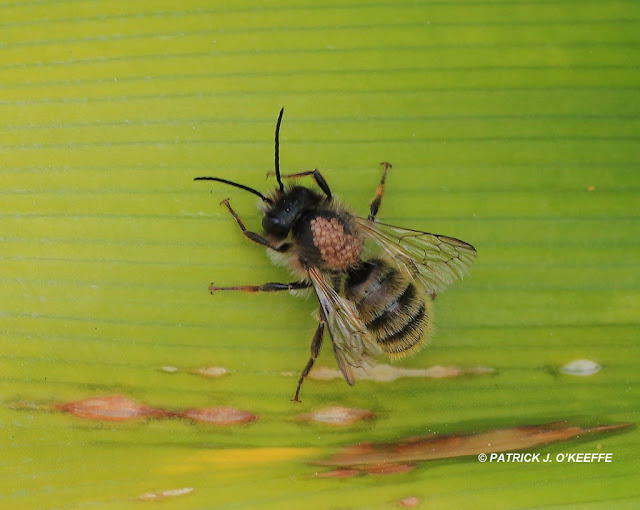CLICK ON PHOTO TO SEE HIGHER QUALITY IMAGE
Patrick J. O'Keeffe / Raw Birds
Click external link here for detailed species information
Click external link here to see a Beginners Guide to Hoverflies
The Blotch winged Hoverfly (Helophilus pendulus) is of the family Syrphidae which is in the genus Helophilus. This is a very distinctive species that mimics the Common Carder Bumblebee (Bombus pascuorum). Orange hairs on the thorax and an orange yellow scutellum are among the features that help separate it from Volucella hoverflies. In Ireland the normal flight season extends from May to August.
Reference and highly recommended reading:
Britain's Hoverflies A field guide 2nd edition Stuart Ball and Roger Morris 


